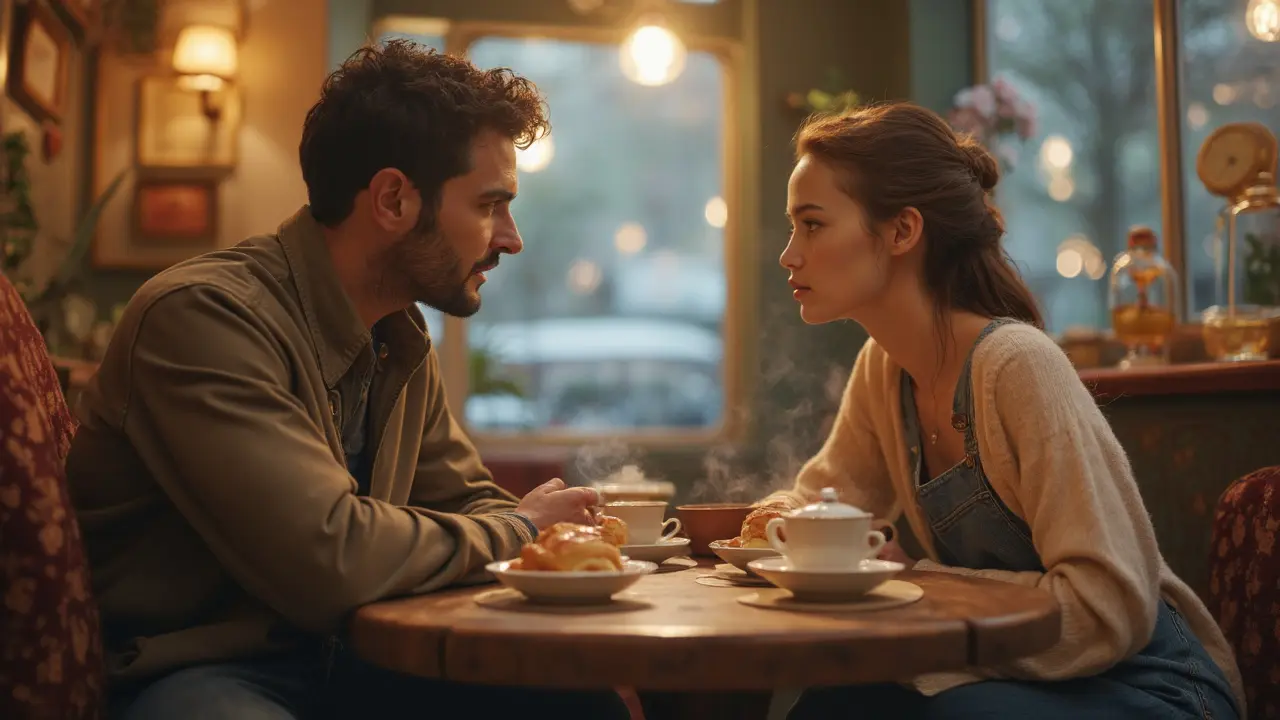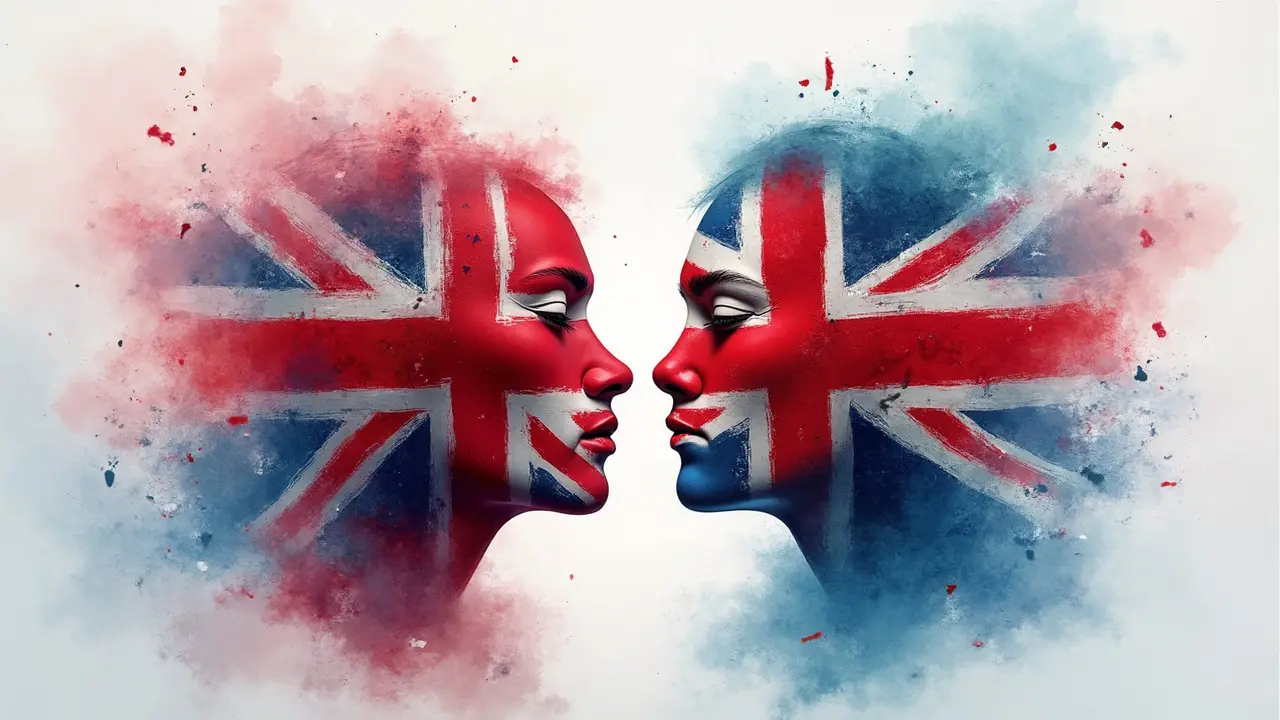If you think French kissing is just about some wild tongue action, you're missing the real secret. The best kisses feel effortless, almost like both of you somehow just click. But there’s no magic formula—a kiss that makes one person melt can have someone else counting the seconds until it’s over. So why does something as simple as a kiss become so complicated? Deep down, it’s all about differences—expectations, comfort zones, and even what people see in movies versus what happens in real life.
Why People Like (or Dislike) French Kissing
The science of kissing actually has a name: philematology. Across history, people have made kissing a big deal. But not everyone’s always on board with French kissing. Some folks find it way too intimate, while others don’t feel romantic without it. A few even feel grossed out by the idea—extra saliva, the close-up view of teeth, and, yes, that wet slurping sound can be a turnoff for some. A study in the Archives of Sexual Behavior found that women, in particular, often pay more attention to hygiene and emotional connection in a kiss, while men more frequently focus on the physical thrill and adventure.
Yet, the same research says up to 90% of couples worldwide use open-mouthed kissing at some point. And here’s a curveball: different cultures literally see French kissing differently. For example, a massive study on kissing traditions showed fewer than half of the world’s societies even practice mouth-to-mouth kissing. So your date’s idea of a perfect kiss could be shaped by family, movies, or even what friends say. Peer pressure isn’t just for bad decisions—it can show up in romance too.
The Importance of Communication Before the Kiss
Staring at someone’s lips in a dimly lit bar isn’t telepathy. You don’t have to whisper “can I kiss you?” every five minutes, but reading signals (and talking openly) goes a long way. Honest conversations clear up expectations and calm nerves, but nobody wants to feel like they’re in a job interview. Here’s a trick: instead of launching into a Q&A, use humor or teasing. “I’m a bit out of practice… What’s your policy on kisses?” gets a chuckle and tells you what’s up.
If you’re already in a relationship but want to adjust how you kiss, honesty still matters. Plenty of couples never talk about kissing—they just hope the other person magically figures it out. That rarely works. You can try saying something simple like, “hey, I love kissing, but sometimes I wonder if we’re on the same page,” or turn it into a game: “Teach me your perfect kiss.” You’ll be surprised how often your partner has wanted to mention something but didn’t know how. Studies show couples who talk openly about intimacy tend to be happier and keep the spark longer. Here’s the thing: nobody is born knowing your favorite kind of kiss—not even if they claim to be an expert.

Techniques and Styles: One Size Does Not Fit All
There isn’t one true French kiss. Some people like slow, soft kisses where tongues just barely meet; others prefer more passionate exchanges, with lots of movement. There are variations beyond the usual: teasing by breathing close without touching, mixing in gentle lip biting, or even pulling away briefly. Every style communicates something different. Slow kisses usually mean tenderness, while more intense kisses signal heat and urgency.
It helps to be observant—if your partner pulls back a bit or tightens up, it’s time to slow down. If they move closer or mimic your moves, you’ve hit the sweet spot. Eye contact right after a kiss often means things are going well. Sometimes, you can use your hands to support things—cradling your partner’s neck or touching their back can make a kiss deeper without any extra tongue. But the most important rule? Never overwhelm. Even if movies like to show wild, open-mouthed sessions, real human mouths get tired, dry out, and need a breather. Most people need little breaks.
- Start gentle: Let your lips do most of the work, and introduce your tongue slowly.
- Read the room: Is your partner mirroring your style? Do they seem into it, or are they pulling away?
- Mix it up: Try changing pressure, tempo, and how much tongue you use.
- Check your breath: A little mint or water goes a long way.
- Hands matter: Don’t just let them dangle—touch backs, waists, or faces for extra connection.
And don’t get too technical—every kiss is a conversation. Sometimes the best way to learn what your partner likes is to ask afterward, “Did you like that?” or “What’s your favorite way to kiss?”
Handling Awkward Moments and Missteps
No one nails every kiss. Awkward moments happen: teeth clink, someone drools a little, or tongues just clash. The good news is almost everyone has an embarrassing kissing story. Want to bounce back? Don’t ignore it—laugh it off. A quick “Well, that was a bit clumsy, let’s try again!” melts tension and shows you’re relaxed. If something feels off—maybe the kiss is too wet, too fast, or too forceful—it’s absolutely fine to take a break and regroup. Pulling back to look your partner in the eye or smile signals you’re having fun, not judging.
If you’re the person who didn’t like something, you don’t need a speech. Say softly, “A little slower?” or “Can we try softer?” and then let it go. On the flip side, if your partner suddenly pulls back, don’t panic or interrogate. Just ask, “Is this ok?” Sometimes people get nervous, have a tickle in their throat, or just need a moment. Nothing ruins a vibe faster than someone getting defensive after an awkward kiss.
Confidence helps, but so does humility. Nobody gets every kiss perfect—especially when trying something new. If you’ve had a bad experience with French kissing in the past, it helps to let your partner know gently. A Canadian study from 2019 found that people who talk openly about awkward moments during intimacy actually build trust quicker. So if things get messy, you might end up laughing together, which is its own kind of intimacy.

Making French Kissing a Positive Part of Your Relationship
Getting really good at French kissing isn’t about doing more or faster; it’s about tuning in. When both people feel heard and respected, kissing turns into a shared ritual, not just a checkpoint. Keep kissing fun by mixing it up: sometimes a long, intense session, other times just a quick, playful peck. Surprising your partner with a different kind of kiss—a kiss on the cheek trailing to the mouth, or a gentle kiss behind the ear—keeps things fresh.
The happiest couples treat kissing as something to explore together. Surveys from modern dating apps show that 61% of respondents rate "chemistry in a kiss" as more important than physical attractiveness on a first date. That says a lot about what matters in romance. And don’t assume time together automatically means you’ll both love French kissing forever. Tastes change. Be open to checking in every so often: “Hey, do you still like this, or should we try something new?” There’s no scorecard in kissing—just what works for you and your partner at that moment.
| Preference | Percentage of Respondents |
|---|---|
| Prefer slow kissing | 45% |
| Prefer passionate, intense kissing | 37% |
| No strong preference | 18% |
At the end of the day, French kissing is about connection, not just technique. When you make preferences part of the conversation—whether with words or actions—you make every kiss count. Trust your instincts, check in, and never stop exploring. The best kisses are the ones where you both walk away a little breathless and a lot closer.

